Ultimate Guide to TPO Roofing: Durability, Costs, and Installation Tips
A new era of TPO roofing is upon us, and it’s never been more critical to select the right materials for the job. TPO (thermoplastic polyolefin) roofing systems have emerged as a popular choice for both commercial and residential buildings, offering durability, energy efficiency, and cost-effectiveness. So, are you ready to uncover the secrets behind this versatile material?
Key Takeaways
- TPO Roofing Systems are energy-efficient and durable roofing materials offering cost-effectiveness, resistance to UV rays, heat, mold and punctures.
- Installation of TPO roofs is economical with initial costs ranging from $10k-$12k. Long term savings can be achieved through reduced energy consumption for cooling.
- CoMo Premium Exteriors provides comprehensive coverage including a 5 year workmanship warranty & 1 year clean up guarantee plus manufacturer’s warranties on installations.
Exploring TPO Roofing Systems: The Basics
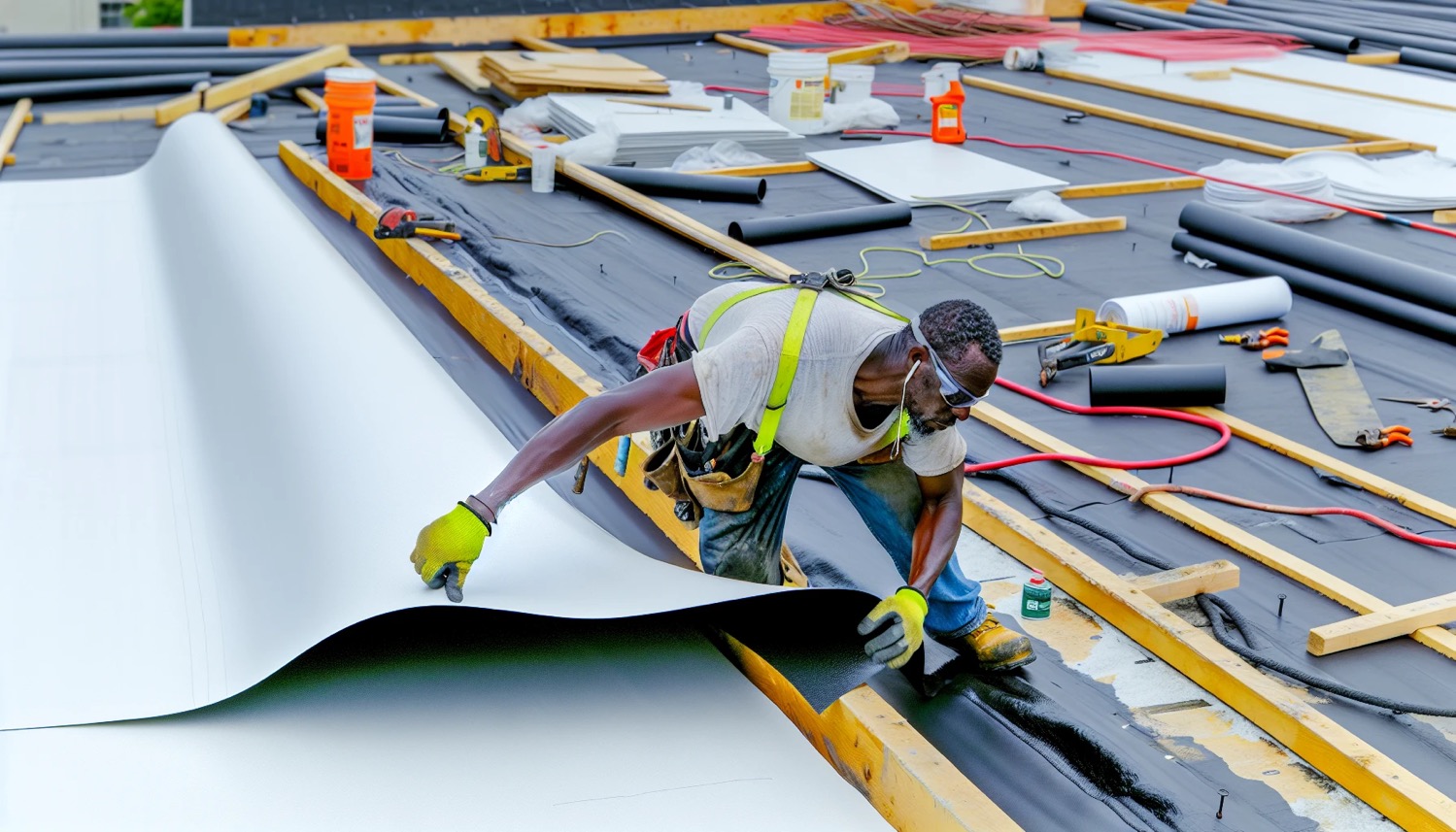
Roll of TPO roofing membrane and roofing materials
Roofing materials abound, but TPO roofing systems and commercial roofing systems, particularly flat roofs, distinguish themselves with a unique mix of benefits, making them a preferred selection for many property owners.
Widely used in the commercial roofing industry, TPO roofs offer a cost-effective and energy-efficient alternative to traditional materials such as asphalt shingles, while also being suitable for residential applications.
What is TPO?
TPO (Thermoplastic Polyolefin) is a single-ply roofing membrane made from a blend of ethylene propylene rubber and polypropylene. This unique TPO roofing membrane offers flexibility and resistance to UV rays and heat, making it an ideal choice for both residential and commercial facilities.
As a versatile roofing option, TPO can be installed using a variety of methods, and its cost-effectiveness attracts many building owners looking for an efficient, durable solution.
Advantages of TPO Roofing Material
TPO roofing material is known for its numerous advantages, including energy efficiency, durability, and resistance to mold, punctures, and tears. The heat-reflective properties of TPO help reduce energy consumption, making it an eco-friendly choice for savvy property owners.
Moreover, the durability of TPO guarantees longevity, offering a trusty and enduring roofing choice.
The Cost-Effectiveness of TPO Roofing
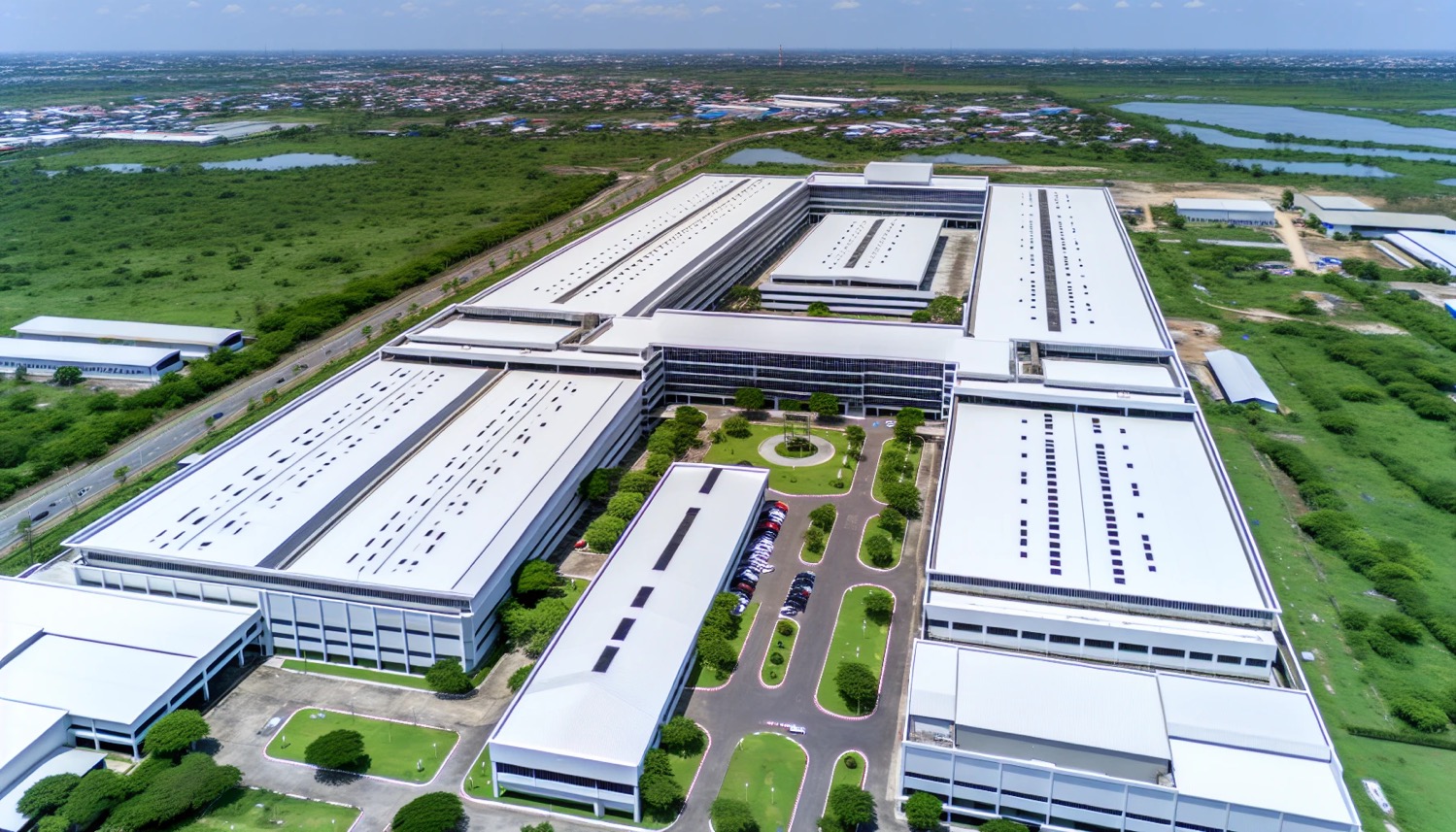
Commercial building with TPO roofing, illustrating cost-effectiveness
One of the most enticing aspects of TPO roofing is its cost-effectiveness. Not only are the initial installation costs lower compared to other roofing materials, but building owners can also enjoy long-term energy savings due to TPO’s reflective properties.
TPO roofing, reflecting UV rays and heat away from the building, lowers energy consumption for cooling, saving money in the long run.
Initial Installation Costs
For those considering TPO roofing, the initial installation tpo roofing costs are relatively low, ranging from $10,000 to $12,000, including removal of the existing roof for homes and commercial buildings. The cost of TPO installation is largely influenced by the size of the roof, the complexity of the design, and the thickness of the TPO membrane, making it a versatile and affordable option for various roofing projects.
Long-Term Savings Potential
TPO roofing offers several benefits, including:
- Initial cost savings
- Long-term energy efficiency
- Decreased energy consumption for cooling
- Considerable cost reductions over time
This means that not only will you save on installation costs, but you’ll also enjoy the benefits of lower energy bills in the long run.
TPO Roofing Performance and Longevity
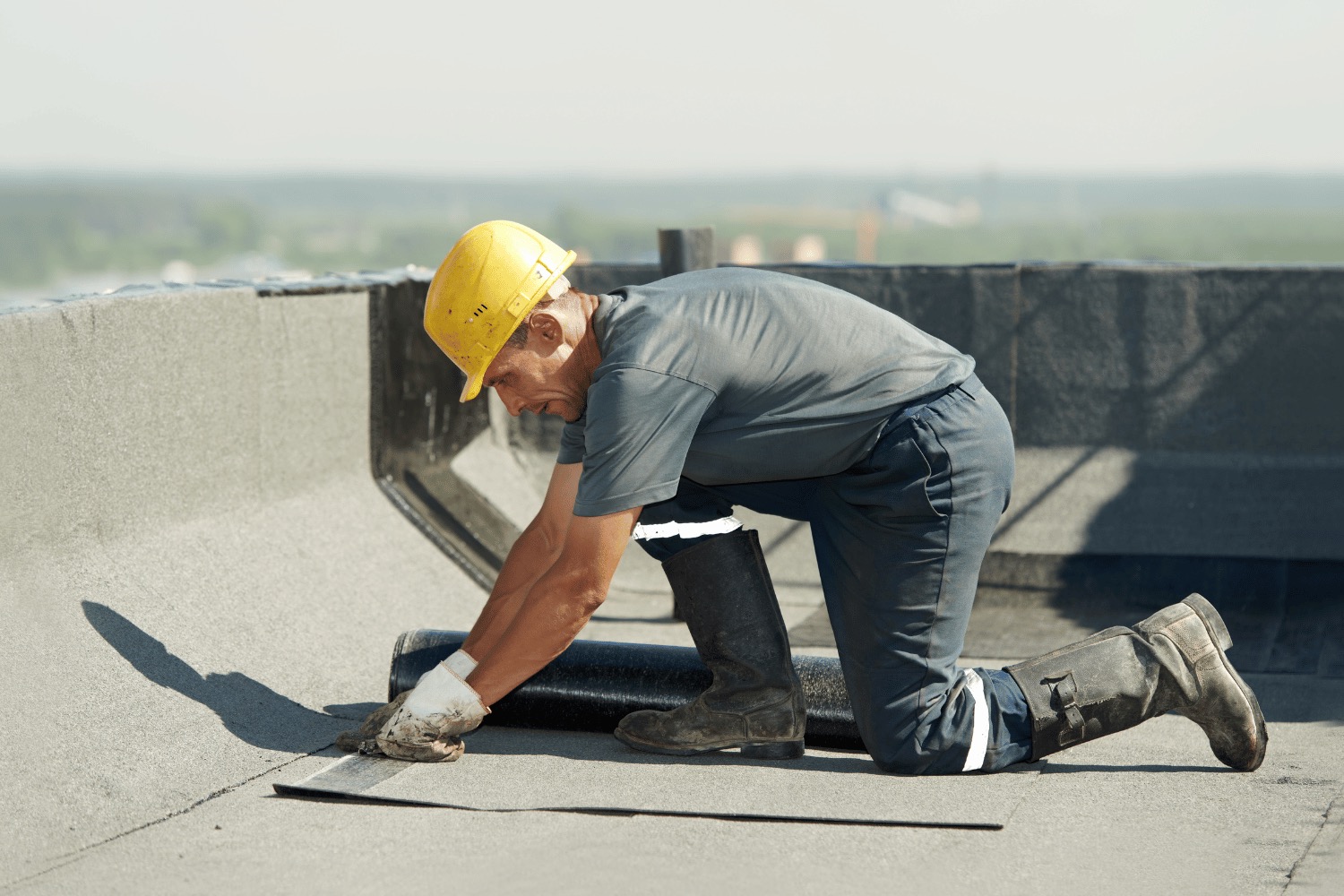
Maintenance of TPO roof to enhance longevity
The performance and longevity of TPO roofs are among their most attractive features. With proper maintenance and timely repairs, these roofs can last anywhere from 20 to 30 years, providing a reliable and durable solution for your property.
However, awareness of the specific requirements and precautions necessary for your TPO roof’s longevity is important.
Expected Lifespan of a TPO Roof
TPO roofs can be expected to last between 20 and 30 years with proper maintenance and care. This lifespan is comparable to other popular roofing materials, but it’s essential to keep in mind that factors such as climate, maintenance, and proper installation can all have an impact on the longevity of a TPO roof.
Choosing a reputable roofing contractor and adhering to maintenance guidelines provided by the National Roofing Contractors Association will keep your TPO roof in excellent condition for many years.
Maintenance and Repair Considerations
Regular maintenance and prompt repairs are key to extend the lifespan of your TPO roof. Conducting periodic inspections and cleaning can help identify and address any issues before they cause more severe damage.
Additionally, applying coatings or sealants can provide an extra layer of protection, prolonging the life of your TPO roof and ensuring it remains in optimal condition.
TPO vs. Other Single Ply Roofing Membranes
While considering TPO roofing, comparing it to other single-ply membranes such as EPDM and PVC is important. Each material offers unique advantages and disadvantages, and understanding these differences can help you make an informed decision when selecting the best roofing option for your property.
Comparing TPO to EPDM Membranes
TPO and EPDM differ in terms of age, color, and installation methods. While both materials offer excellent durability, TPO has the edge when it comes to UV resistance and heat reflection. This makes TPO an attractive option for property owners looking for an energy-efficient roofing solution.
TPO and PVC: A Comparison
TPO and PVC share several similar characteristics, but TPO is generally more cost-effective and environmentally friendly than PVC. While PVC roofing may offer greater chemical and fire resistance, TPO’s lack of harmful chemicals and lower cost make it a more attractive option for many building owners.
TPO Installation Techniques
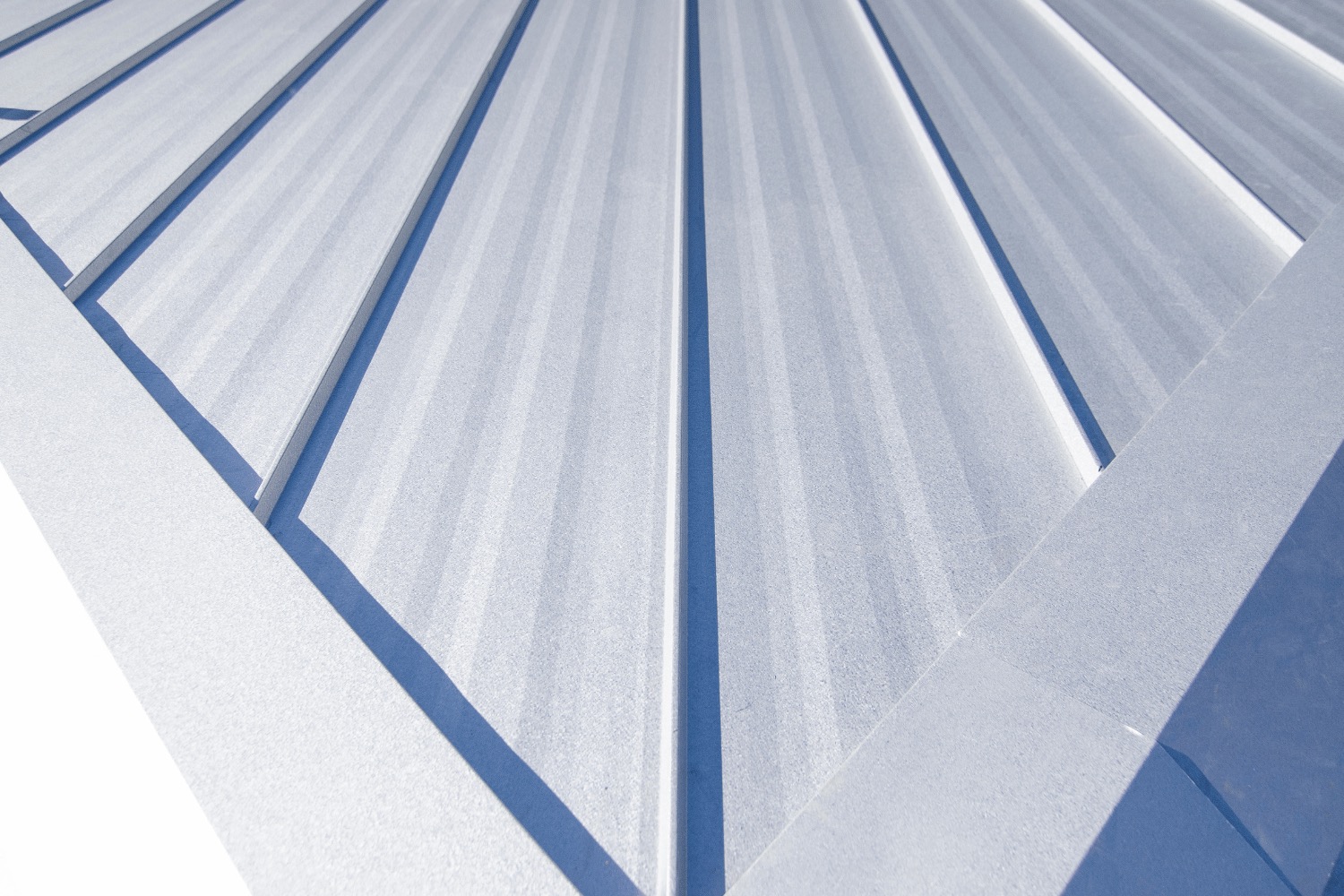
Installation of TPO roofing using heat welded seams
TPO roofing can be installed using various techniques, each with its own set of advantages and disadvantages. These methods include mechanically fastened systems, fully adhered systems, and heat welded seams.
Understanding the differences between these techniques can help you choose the best installation method for your specific project.
Mechanically Fastened Systems
In a mechanically fastened system, the TPO membrane is attached to the roof deck using screws and plates. This method provides a strong bond between the TPO membrane and the cover board, ensuring a durable and long-lasting roof. However, this technique may not be suitable for roofs with complex designs or those that require a high level of aesthetic customization.
Fully Adhered Systems
Fully adhered systems use adhesives to bond the TPO membrane to the insulation or roof deck. This method creates a secure and reliable roof structure, improving its visual appeal and minimizing sheet flutter. Although more labor-intensive than mechanically fastened systems, fully adhered installations can offer higher wind uplift resistance and a smoother appearance.
Heat Welded Seams
Heat welded seams create a strong, watertight bond between TPO membrane sheets, ensuring a durable and leak-free roof. This technique involves melting the overlapping edges of the TPO membranes and pressing them together to form a permanent seal.
Heat welding is a key step in crafting a reliable and durable TPO roofing system.
CoMo Premium Exteriors’ Approach to TPO Roofing
As a top-rated roofing company in Missouri, CoMo Premium Exteriors specializes in TPO roofing installation and maintenance services. Their commitment to quality workmanship, excellent customer service, and the use of top-of-the-line TPO materials ensures that your roofing project will be a success from start to finish.
Why Choose CoMo Premium Exteriors for Your TPO Roof?
CoMo Premium Exteriors is known for its high-quality workmanship, excellent customer service, and commitment to using top-of-the-line TPO roofing materials. Their team of experienced professionals will guide you through the entire TPO roofing process, from initial consultation to project completion, ensuring that your TPO roof meets your specific needs and preferences.
Our TPO Roofing Process
CoMo Premium Exteriors follows a comprehensive process for TPO roof installation. This includes a thorough assessment of the building’s needs, proper installation techniques, and ongoing maintenance support.
Their attention to detail and dedication to customer satisfaction guarantees a long-lasting, high-quality TPO roof that meets your property’s unique requirements.
Enhancing Your TPO Roof with Insulation and Cover Boards
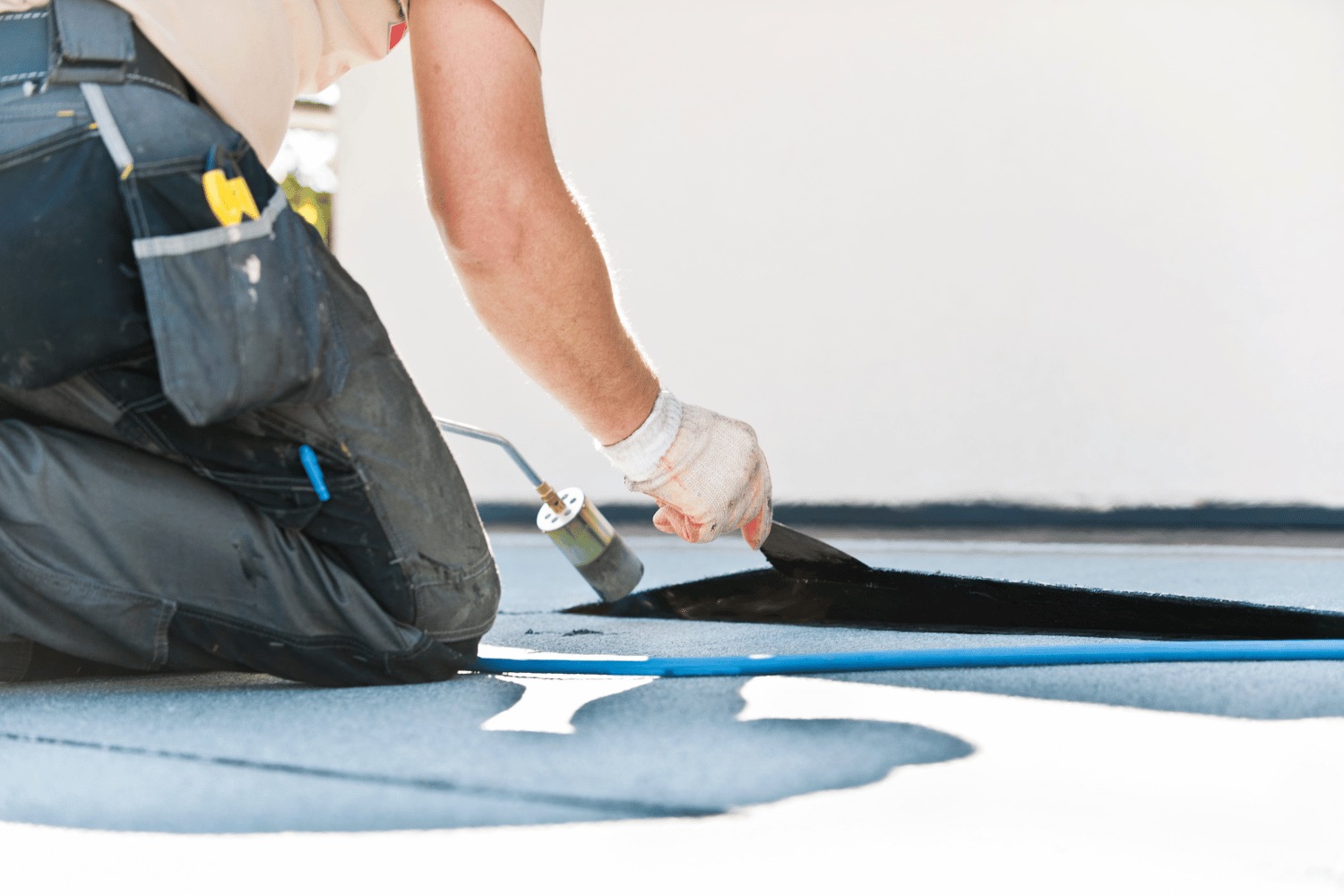
Insulation installation for TPO roofing system
Insulation and cover boards significantly contribute to the performance of a TPO roof. These components not only improve the overall durability and energy efficiency of the roofing system but also provide additional protection against punctures, impact damage, and weather-related wear and tear.
Importance of Insulation Factor
Proper insulation can significantly improve a TPO roof’s energy efficiency and overall performance. By selecting the appropriate insulation material and thickness for your specific project, you can maximize the energy-saving potential of your TPO roof and ensure a comfortable indoor environment for your building’s occupants.
Selection of Cover Boards
Cover boards provide additional protection against punctures, impact damage, and weather-related wear and tear. By selecting the appropriate cover board material and thickness for your specific project, you can enhance the durability and performance of your TPO roof, ensuring it remains in optimal condition for years to come.
Customizing Your TPO Roof for Maximum Performance
Adding walkways, safety features, and aesthetic options to your TPO roof can greatly boost its performance and attractiveness. These additions not only improve the roof’s longevity and durability but also provide added convenience and safety for those working on or around the roof.
Walkways and Safety Features
Walkways and safety features can help protect your TPO roof from damage due to foot traffic and maintenance activities. By installing designated walkways and safety markings on your TPO roof, you can minimize the risk of punctures and other damage, ensuring a longer-lasting, more durable roofing system.
Aesthetic Options for TPO Roofs
TPO roofs are available in various colors and designs, allowing for a customized appearance that complements your building’s aesthetic. By selecting the appropriate color and design options for your specific project, you can create a visually appealing TPO roof that not only performs well but also enhances the overall appearance of your property.
Navigating Warranties and Guarantees for TPO Roofs
Grasping the warranties and guarantees for TPO roofs is key to securing long-term satisfaction and peace of mind. By familiarizing yourself with the different types of warranties available and the specific terms and conditions associated with each, you can make informed decisions about your TPO roofing project.
Understanding Manufacturer’s Warranties
Manufacturer’s warranties cover defects in the TPO roofing material and typically range from 10 to 20 years. While these warranties provide protection against material defects, they may not cover labor costs or other installation-related issues. Reading and understanding the terms of your manufacturer’s warranty is important to guarantee full protection.
CoMo Premium Exteriors’ Customer Assurance
CoMo Premium Exteriors offers a 5-year workmanship warranty, a 1-year clean-up guarantee, and honors the manufacturer’s warranty for all TPO roofing installations. This comprehensive coverage ensures that your TPO roof will be installed and maintained to the highest standards, providing you with peace of mind and long-lasting satisfaction.
Summary
In conclusion, TPO roofing systems offer numerous advantages, including cost-effectiveness, durability, and energy efficiency, making them an ideal choice for both commercial and residential applications. With proper installation, maintenance, and customization, your TPO roof can provide years of reliable performance and protection for your property. CoMo Premium Exteriors is dedicated to ensuring the success of your TPO roofing project, offering expert installation, maintenance, and customer assurance to guarantee your satisfaction.
Frequently Asked Questions
What is a TPO roofing?
TPO roofing is a thermoplastic polyolefin single-ply white membrane suitable for both residential and commercial roofs. Its reflective properties help to keep the temperature below lower, making it an ideal choice for flat or low-slope dormers over bedrooms.
How many years does a TPO roof last?
TPO roofing systems can last up to 30 years with appropriate maintenance, with the typical range being between 20 and 30 years.
What are the cons of TPO roofing?
TPO roofs have limited lifespan, they’re highly prone to punctures and tears and require specialized installation methods. Additionally, they can be difficult to repair and may require additional coating every few years.
Which is better TPO or EPDM roofing?
TPO roofing offers greater durability and seam strength than EPDM, making it the preferred choice for many roofs.
What is TPO used for?
TPO is a single-ply white membrane used in roofing that reflects heat instead of absorbing it, making it ideal for flat roofs and low-slope dormers. It can help keep a room below cooler and is commonly used for both residential and commercial purposes.

